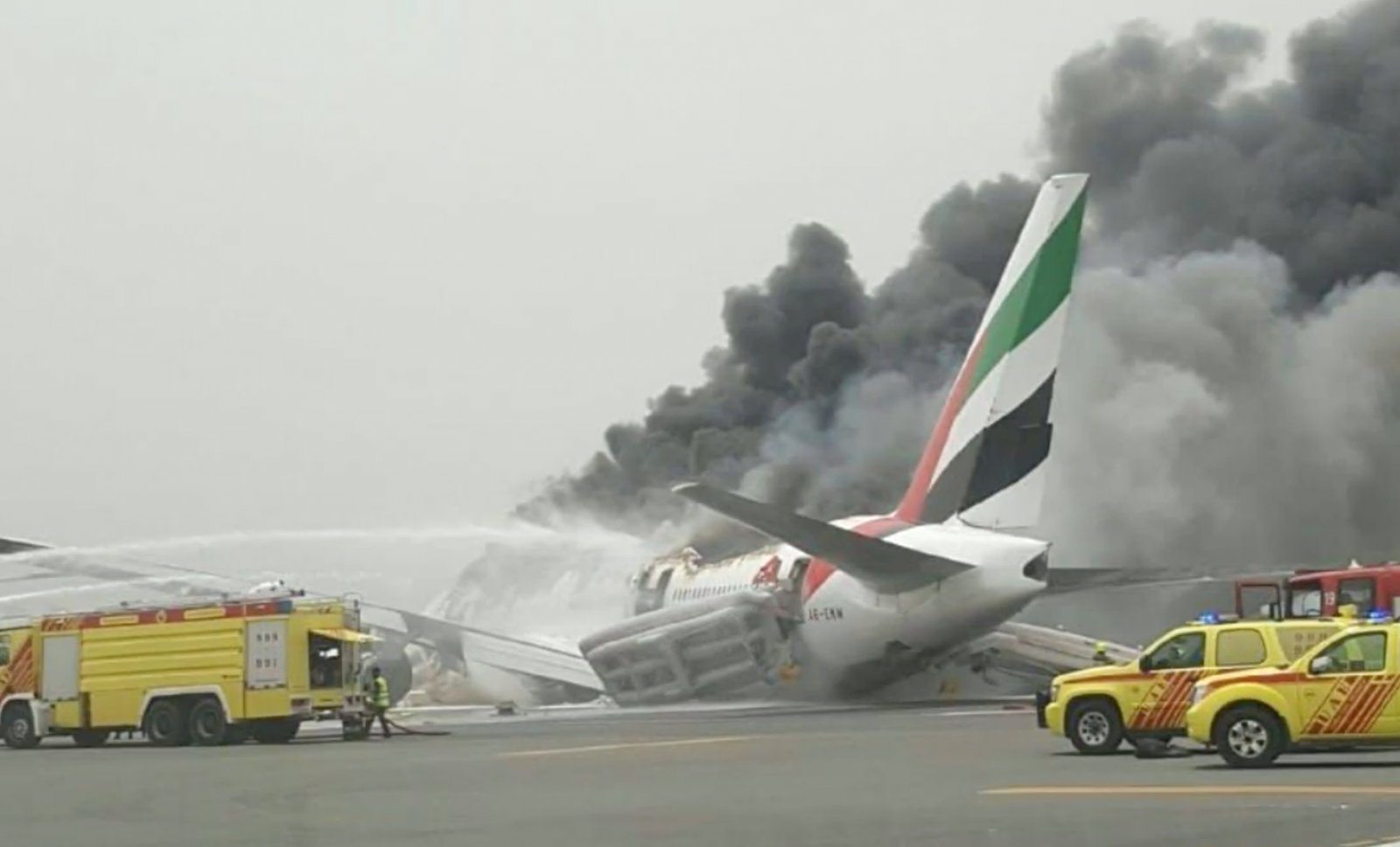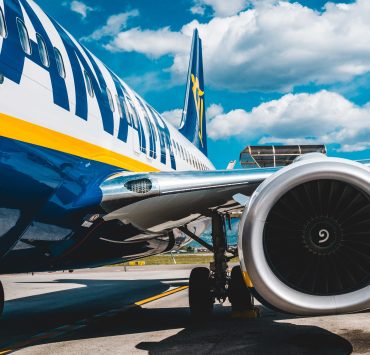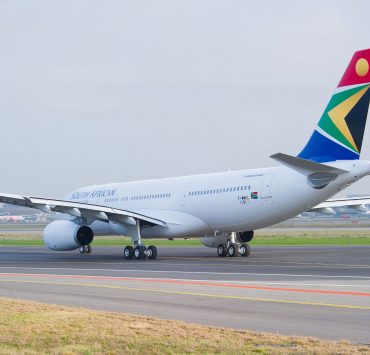
Air accident investigators have released their final report into the deadly 2016 crash landing of Emirates flight EK521 at Dubai International Airport (DXB). The aircraft belly-flopped onto the tarmac after a failed attempt at a go-around. Of the 282 passengers onboard the Boeing 777-300 aircraft, 21 were taken to hospital with minor injuries.
Nine crew members were also injured, with three suffering serious back injuries. An airport firefighter responding to the incident was killed in the rescue operation, while a further six firefighters sustained minor injuries.
Investigators had previously concluded the aircraft crashed after the pilots attempted a ‘go-around’ when they realised they couldn’t put the aircraft down within the touchdown area of the runway. The pilots didn’t realise that both thrust levers were still in the idle position so after initially climbing, the plane quickly sank back towards the runway.
The aircraft skidded along the runway for around 32 seconds before finally coming to a rest on its undercarriage. It took over six and a half minutes to evacuate the aircraft via the emergency slides after strong winds blew the evacuation slides and passengers hampered their own escape by retrieving hand luggage.
Nine and half minutes after crash landing, the center wing tank exploded causing a large fire that eventually destroyed the aircraft – the Captain and senior crew member were still on the aircraft looking for more survivors at the time of the explosion. To escape the burning aircraft, they had to use the flight deck emergency escape rope.
“The cabin crewmembers were challenged by difficult situations when assessing the outside conditions and when deciding the escape slide status to either block an exit, or commence the evacuation,” the final report concludes.
“Some passengers disregarded cabin crewmember instructions and left their seats while the seat belt sign was still illuminated,” the report continues.
During the evacuation, just one slide was usable for the most part in the forward cabin and two in the aft cabin. The two ends of the plane were separated by thick smoke in the cabin. Safety regulations require commercial aircraft to be able to be evacuated within 90-seconds using half of the available doors – the Boeing 777-300 is fitted with a total of 10 cabin doors.
“The cabin crew attempted to convince passengers to leave their carry-on baggage behind, but a number of passengers evacuated with one or more pieces of carry-on baggage which prolonged the evacuation,” investigators concluded.
Adel Al Redha, the chief operating officer for Emirates said the airline acknowledged the safety recommendations made by the General Civil Aviation Authority (GCAA) and said that it had already taken proactive steps to “further enhance operating procedures”.
“Maintaining safe operations in a top priority at Emirates, and we are committed to the continuous review and improvement of our operations,” Al Redha said.
Acknowledging the death of the Emirati firefighter Al Redha continued:
“We would like to once again express our sorrow and convey our condolences to the family of the firefighter who lost his life while responding to the accident. We would also like to recognise our teams on the aircraft and on the ground that day, who responded to the emergency in an exemplary fashion and ensured the safe evacuation of everyone on board EK521.”
Emirates has already enhanced its go-around training for pilots, including simulator-based lessons. In addition, the GCAA has asked Emirates to improve crew resource management and to include training for cabin crew to deal with emergency evacuations where escape slides become unusable because of high winds.
Mateusz Maszczynski honed his skills as an international flight attendant at the most prominent airline in the Middle East and has been flying throughout the COVID-19 pandemic for a well-known European airline. Matt is passionate about the aviation industry and has become an expert in passenger experience and human-centric stories. Always keeping an ear close to the ground, Matt's industry insights, analysis and news coverage is frequently relied upon by some of the biggest names in journalism.









